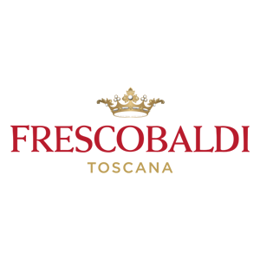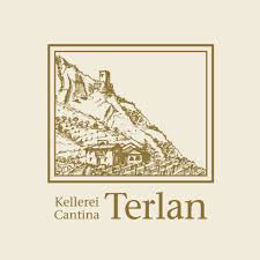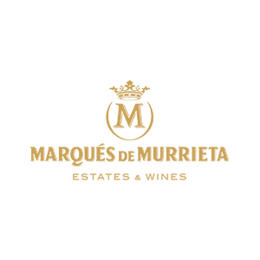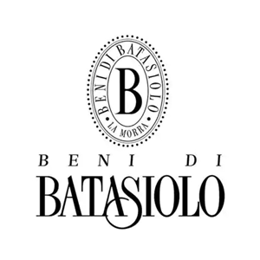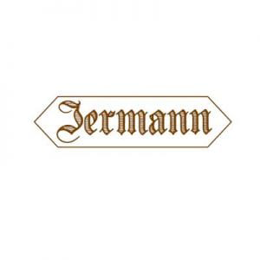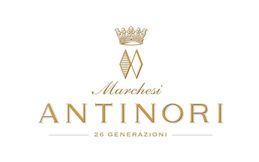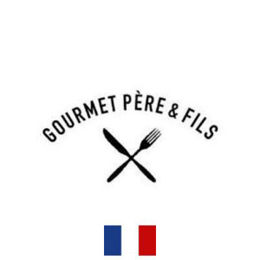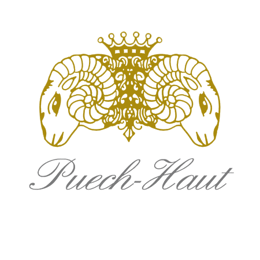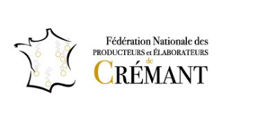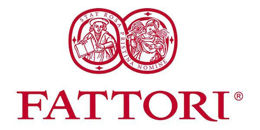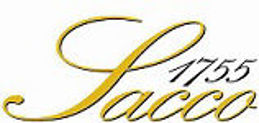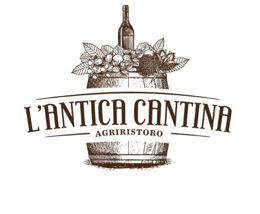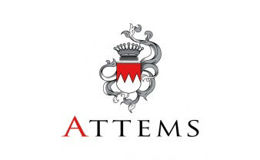Le Cremant
How Crémant is made
* Alsace, Bordeaux, Bourgogne, Die, Jura, Limoux, Loire et Savoie
A traditional production method
Crémant is made in line with the specific rules for producing sparkling wines as decreed in a Community regulation of 14 July 2009*.
A second fermentation process takes place in the bottle, following the first within a barrel; it is indeed this second process within the bottle which creates the bubbles, thanks to the further fermentation.
A maturing period plus nine months’ ageing. Following a period of ageing for at least nine months, the bottles are then turned upside down so as the deposits, formed exclusively from natural yeast, accumulate in the neck of the bottle before discharging. The wines may only be sold from at least 12 months after bottling
The deposits are then separated by discharging. The “discharging” operation allows for the deposits of yeast which have accumulated in the neck of the bottle, to be removed. The deposits are removed by a cooling process. The cork is then inserted as well as its cover
“Crémant”: a protected appellation
The name “ Crémant ” can only be used for quality white or rosé sparkling wines which are AOP classified (Protected Origin Appellation). In addition to being produced in line with the traditional method, they should respect the following production methods:
- grapes should be manually harvested;
- wines come from must which is obtained from squeezing full or skinned
grapes. The quantity of must obtained should not exceed 100 litres for 150
kilos of grapes; - the maximum content of sulphur anhydride should not exceed 150 mg/l ;
- the sugar content should be lower than 50 g/l.




